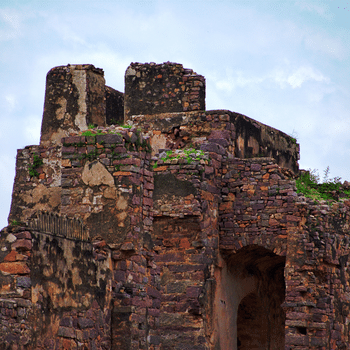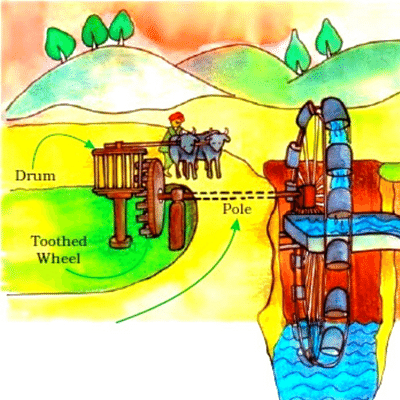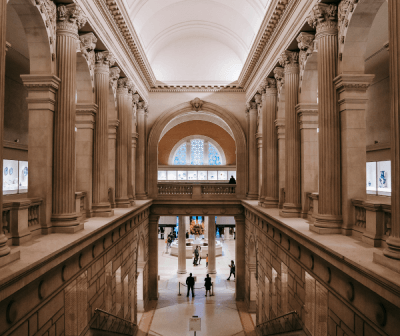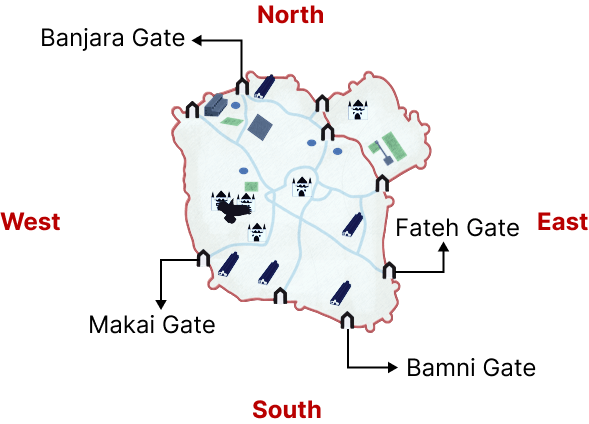Class 5 EVS Chapter 10 Summary Notes PDF Download
FAQs on Walls Tell Stories Class 5 EVS Chapter 10 CBSE Notes - 2025-26
1. Where is Golconda Fort?
Golconda Fort is located in Hyderabad. It is the historical capital of the Golconda Sultanate.
2. How old is this fort?
The functional age of the fort is estimated to be ranging from 1518 to 1687.
3. What were the cannons used for?
The cannons were used to break down the walls of a fort. In this chapter, it was used by Aurangazeb to break down the walls but didn’t succeed.
4. Where can I find these Class 5 Environmental Science Chapter 10 notes for free download?
These notes are often available on educational websites, including Vedantu, where they can be downloaded for free in PDF format.
5. Do Walls Tell Stories Class 5 Notes CBSE Environmental Science cover all the topics and concepts from the chapter in detail?
Yes, these notes are designed to provide comprehensive coverage of the topics and concepts presented in Chapter 10 of the Class 5 Environmental Science textbook.
6. Are Walls Tell Stories Class 5 Notes CBSE Environmental Science suitable for students of other educational boards apart from CBSE?
While these notes are primarily designed for CBSE students, the content related to the historical and cultural significance of architecture can be insightful and beneficial for students from other educational boards as well.
7. Are Walls Tell Stories Class 5 Notes CBSE Environmental Science intended for self-study purposes?
Yes, these notes can be used for self-study to reinforce your understanding of the chapter's content, but they work best when used alongside your textbook and classroom notes.
8. Do these notes include practice questions or exercises?
These notes may provide explanations and descriptions of concepts but may not include specific practice questions or exercises. Students can refer to their textbooks for exercises and questions related to the chapter.





























